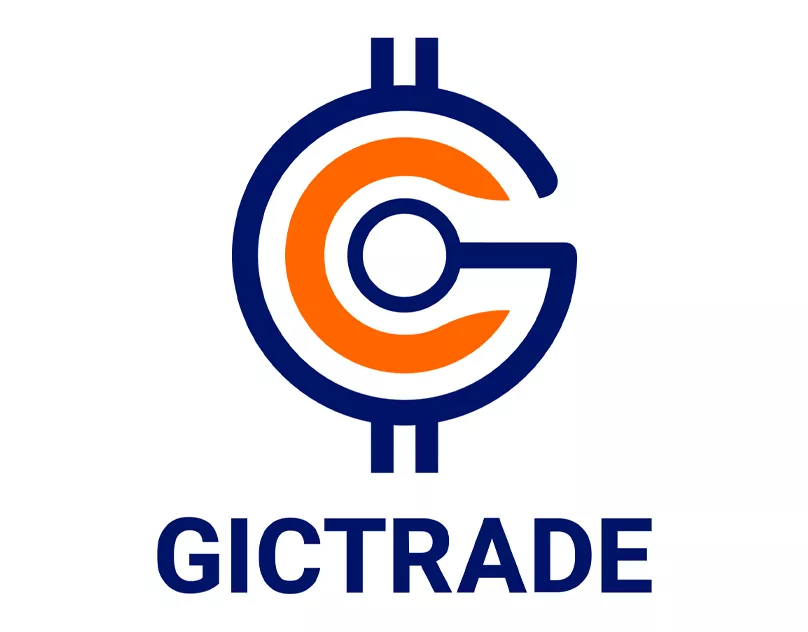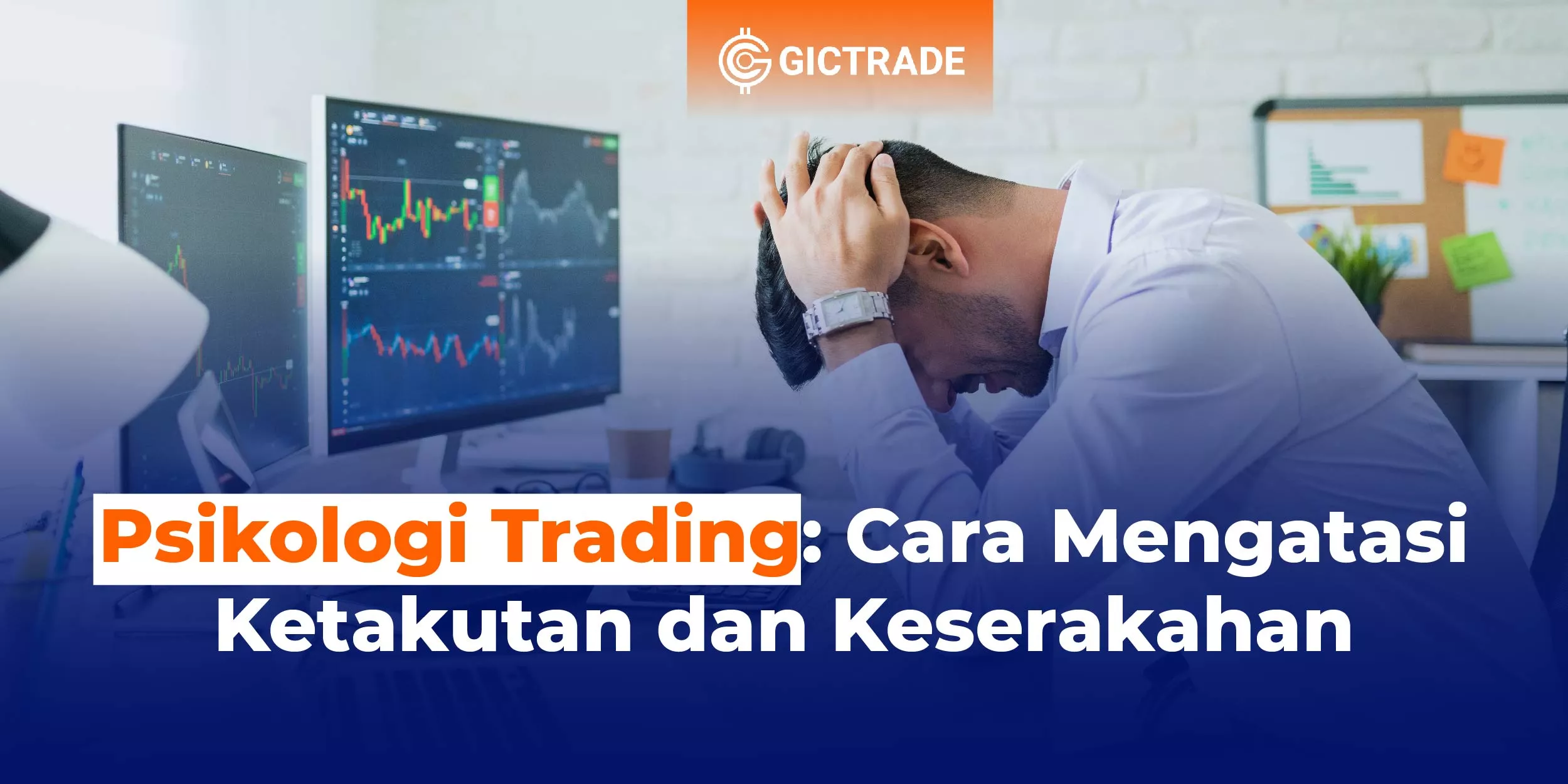Risk Management Strategies in Forex

Table of Contents
Recognizing Market Risks
In the world of Forex trading, understanding and recognizing market risks is a crucial first step towards your success. The currency market is a dynamic and challenging environment where price fluctuations can occur rapidly and without warning.
Therefore, having a deep understanding of the risks associated with currency trading is essential. Below, we will explore some types of market risks that you need to understand.
Price Volatility
Price volatility is one of the most fundamental risks in Forex trading. Currency markets can experience very rapid and significant price changes in a short period. These fluctuations can be caused by various factors, including economic news, political events, and unexpected global occurrences. Traders need to be prepared to face this volatility with the right strategies.
Interest Rate Risk
Interest rate risk arises from the differences in interest rates between the two currencies being traded. Changes in interest rates by a country's central bank can affect the currency's exchange rate. For example, if a country's central bank raises interest rates, that country's currency tends to strengthen. Conversely, if interest rates decrease, the currency may weaken.
Geopolitical Risk
Political and geopolitical events around the world can also significantly impact the Forex market. Political crises, wars, armed conflicts, or changes in government policies can disrupt economic stability and cause sharp fluctuations in currencies.
Liquidity Risk
Liquidity risk occurs when there are few or no market participants willing to buy or sell a particular currency. This can lead to wider spreads between the bid and ask prices, as well as difficulties in executing trades quickly. Liquidity risk often increases during periods of high volatility.
Economic Risk
Economic risk relates to the overall health of a country's economy. Indicators such as GDP growth, unemployment rates, inflation, and other economic data can influence the value of a currency. A significant economic downturn can lead to a weakening of that country's currency.
Limiting Your Trade Size
It is crucial not to invest more than you can afford to lose in a single trade. For example, taking a large position when your trading capital is limited is unwise. Determining an appropriate trade size based on your risk tolerance is key to keeping your capital safe.
Portfolio Diversification
Diversification strategies involve allocating funds across various currency pairs and other financial instruments. In this way, if one investment incurs a loss, that loss can be offset by potential gains elsewhere. Diversification helps reduce concentration risk in a single asset or instrument.
Using Stop Loss and Take Profit
In the world of Forex trading, the use of stop loss and take profit orders is an essential tool that can help you manage risk and protect your investments. Both orders give you greater control over your trades and ensure that you are not trapped in unfavorable situations. Let’s discuss the use of stop loss and take profit in Forex trading.
Stop Loss: Protection Against Large Losses
A stop loss is an automatic order that you can set before opening a trade. Its function is to stop the trade automatically if the price moves against your position. By using a stop loss, you can control the amount of loss you might experience in a particular trade. This is an effective way to avoid large losses that could jeopardize your capital.
For example, if you open a buy position on a certain currency pair, you can set the stop loss a few pips below your entry point. If the price moves down and reaches the stop loss level you set, the trade will close automatically, protecting you from further losses.
Take Profit: Locking in Profits
Take profit is an order that works opposite to stop loss. This is a specific price level at which you lock in the profits you have gained from the trade. Once the price reaches the take profit level you set, the trade will close automatically, allowing you to secure potential profits.
In practice, you can set the take profit level based on your analysis of potential price movements. For example, if you believe that the price is likely to reach a certain level before reversing, you can set the take profit near that point. This allows you to take profits before the price changes direction.
Strategies for Using Stop Loss and Take Profit
It is essential to understand that stop loss and take profit not only help you manage risk but also can help keep your emotions in check. When you have predetermined stop loss and take profit levels, you can avoid the temptation to make impulsive decisions when prices fluctuate.
A common strategy is to establish a balanced risk-reward ratio. For example, you might set a stop loss 50 pips below your entry point and a take profit 100 pips above it. This way, you have a greater potential reward than the risk you are taking.
Fundamental and Technical Analysis
Combining fundamental and technical analysis can provide a more comprehensive insight into market conditions. Fundamental analysis involves understanding the economic and political factors that influence currencies, while technical analysis involves analyzing price patterns and technical indicators. By blending these two approaches, you can make more informed decisions.
Here is a comparison table between fundamental and technical analysis in Forex trading:
Managing Emotions
When trading in a volatile market, emotions can become your biggest enemy. Greed and fear can lead you to make impulsive decisions that can be detrimental to your trading success. It is crucial to remain calm and stick to the trading plan you have created.
Trading but Facing Many Losses? Minimize Your Risks in Trading by Joining the GIC Academy Program Now!
GIC offers services to help beginners in trading gain a comprehensive understanding of the trading world. This service is called GIC Academy. GIC Academy is a complete educational system in Indonesia, covering learning from start to finish with the involvement of professional educators in the futures market. The services provided include:
- Digital education platform through the GICTrade YouTube channel.
- Workshops with professional educators.
- Group education classes via Telegram.
- VIP group for daily analysis and signals.
Benefits that can be obtained include:
- A comprehensive solution for learning forex trading from the basics.
- A variety of educational content.
- A diverse selection of educators.
- Class fees starting from zero rupiah.
GIC Academy Products
Beginner Class
Advanced Class
If you are a trader looking for deeper lessons and want to learn with the guidance of a mentor, you can try the services provided by GIC. This class is held twice a week via Zoom Meeting. You can register and view the schedule through GIC's official Instagram account. Moreover, supporting reading materials for traders in the advanced class can also be found on the GIC website.
Professional Class
FAQ
What is Forex?
Forex, or foreign exchange, is a global market where currencies from various countries are traded. Traders seek to profit from changes in currency exchange rates.
Why is risk management important in Forex trading?
Risk management is important because it protects your capital from excessive losses. With the right strategies, you can manage risk while maximizing profit opportunities.
What is a stop loss?
How do I control emotions while trading?
It's important to have a detailed trading plan and remain calm in the face of market fluctuations. Practice self-discipline and avoid making impulsive decisions based on emotions.
What is fundamental analysis?
How do I diversify my portfolio in Forex trading?
Diversifying your portfolio involves allocating your funds across various currency pairs and other financial instruments. This way, your risk is spread out and not concentrated on a single asset.
Conclusion
In Forex trading, risk management is key to long-term success. By understanding the risks involved and applying effective strategies, you can protect your investments and optimize profit opportunities.
Remember to always stay disciplined, control your emotions, and continue learning to improve your trading skills. With patience and dedication, you can achieve satisfying results in the world of Forex trading.
| Also Read : Trading Psychology: Overcoming Fear and Doubt |
 Last:
Last: 






